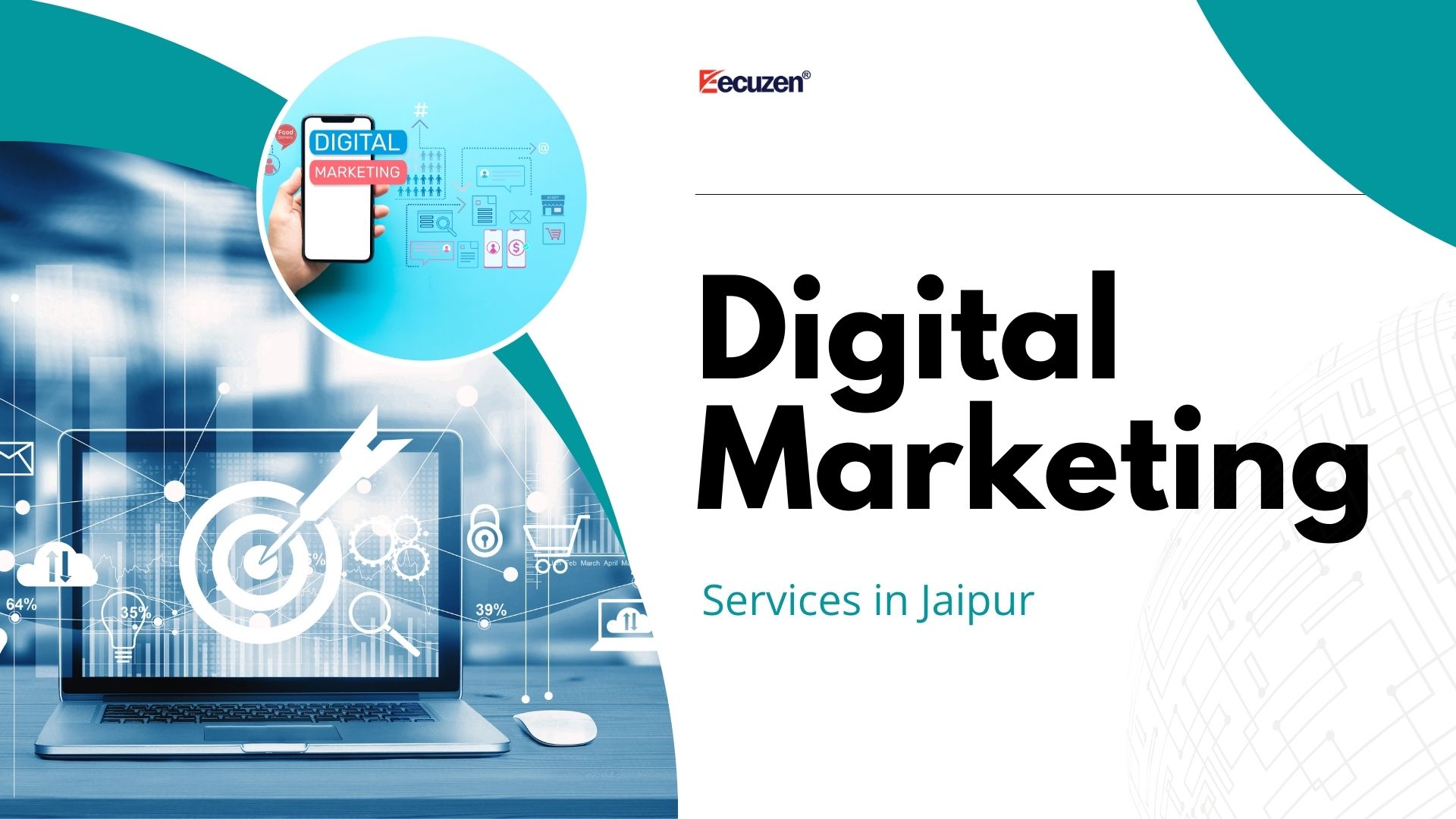- TECHNOLOGY
Let’s Understand the Aditya L1 Mission
-
2023-09-13 10:30:57
Aditya L1 Launch Details
|
Mision Name |
Aditya L1 |
|
Authority |
ISRO |
|
Type Of Mission |
Solar Mission |
|
Date |
2nd Sept.2023 |
|
Time |
11.50 am |
|
Landing site |
Lagrangian Point |
|
Launch Vehicle |
PSLV-XL |
|
Budget |
400 Crore |
|
Website |
isro.gov.in |
The First solar mission Named Aditya-L1 was successfully launched by the Indian Space Research Organization (ISRO) from Sriharikota in Andhra Pradesh on the day of 2nd Sep. 2023 at 11.15 a.m. It was a great achievement for India all over the world. The Aditya L1 Will represent India in front of the world and also give power to our Indian Aeronautical Science.
After Chrandrayaan-3 It was another great mission done by ISRO ( Indian Space Research Organisation) for Observing the Solar system to study the Sun's atmosphere's photosphere, chromosphere, and outermost layers.
Let’s Understand our Aditya L1 mission deeply. Hope this blog makes your day great.
What Is Aditya L1 Mission?
Aditya-L1 is the first space-based observatory to study the Sun, according to ISRO. The spacecraft is anticipated to be placed in a Halo orbit around the Lagrangian point L1, which is thought to be closest to the Sun, after traveling around 1.5 million kilometers from Earth over 125 days. The Chandrayaan-3 mission's strategy will be followed by the Aditya L1 mission. After entering an Earth orbit, it will gradually place itself on a course toward its final halo orbit, which will be centered on the first Lagrange point (L1) of the Earth and the Sun. The Lagrange point makes for an advantageous viewing location for the probe since it allows it to maintain its position while expanding little fuel. Additionally, this is the rationale for NASA's decision to locate the James Webb Space Telescope near the second Lagrange point. (L2). The Budget of Aditya L1 is 400 crores.
What is L1 Point?
A location in space where, under the gravitational pull of two massive bodies, a tiny body will stay roughly at rest in relation to them. There are five Lagrange points, L1 to L5, in any two-body system. At these locations, the centripetal force required to keep an item at a constant distance from the two bodies matches the gravitational attraction that the two bodies are exerting. Objects transported to Lagrange locations in space have a tendency to remain there. At Lagrange points, the centripetal force necessary for a tiny item to travel with two massive masses precisely equals their gravitational attraction. By using these locations in space, spacecraft can spend less fuel to maintain their position.
Josephy-Louis Lagrange, an Italian-French mathematician, is remembered by the name of Lagrange points.
Let's Discuss about the five L1 points
There are 5 Lagrange points, 3 of them are Unstable points and 2 are Stable points. let’s discuss all the L1 points:
- The Solar and Heliospheric Observatory Satellite SOHO is now based near the L1 point of the Earth-Sun system, which provides a clear view of the sun.
- The WMAP probe, Planck, and the upcoming James Webb Space Telescope all call the L2 point of the Earth-Sun system home. L2 is perfect for astronomy since a spacecraft can easily communicate with Earth, keep the Sun, Earth, and Moon behind it for solar power, and offer our telescopes a clear view of outer space (with the right shielding). The L1 and L2 points are unstable on a time scale of around 23 days, necessitating routine course and attitude corrections for spacecraft circling these locations.
- The L3 point is unlikely to be of much value to NASA because it is constantly obscured by the Sun. Science fiction writers frequently discuss the concept of a secret planet.
- When the mass ratio between the two huge masses is more than 24.96, the L4 and L5 points are the location of stable orbits. Both the Earth-Sun and Earth-Moon systems, as well as several additional pairs of bodies in the solar system, meet this requirement. The three huge asteroids Agamemnon, Achilles, and Hector, which orbit at the L4 and L5 regions of the Jupiter-Sun system, inspired the term "Trojan" for objects discovered there. Achilles killed the Trojan hero Hector, according to Homer, when King Agamemnon besieged Troy. In the solar system, there are a large number of Trojan asteroids. The majority orbit Jupiter, but few also orbit Mars. Furthermore, there are Trojan partners on numerous of Saturn's moons.
L1 Payload Details
On the Aditya L-1, there are essentially seven payloads. The primary tool for studying the solar corona from its base upwards is the Visible Emission Line Coronagraph (VLEC). The solar photosphere and chromosphere's UV picture will be taken by the Solar Ultraviolet Imaging Telescope (SUIT). It will look at how the energy of the light changes. X-ray flares will be analyzed by the Solar Low Energy X-ray Spectrometer (SoLEXS) and High Energy L1 Orbiting X-ray Spectrometer (HEL1OS). For the purpose of studying the solar wind and energetic ions, the Aditya Solar Wind Particle Experiment (ASPEX) and Plasma Analyzer Package for Aditya (PAPA) have been developed. For further information, see this explanation.
The payload Picture will be uploaded
Instruments Used in Payload for Aditya L1’s Solar Mission
- Solar Ultraviolet Imaging Telescope (SUIT)
- Advanced Triaxial High-Resolution Digital Magnetometers
- Plasma Analyzer Package for Aditya (PAPA)
- Visible Emission Line Coronagraph (VELC)
- Solar Low Energy X-ray Spectrometer (SoLEXS)
- High Energy L1 Orbiting X-ray Spectrometer (HEL1OS)
- Aditya Solar Wind Particle Experiment (ASPEX)
Aditya L1 Objectives
The primary goal of the mission is to increase our understanding of the Sun and how its radiation, heat, particle flux, and magnetic fields influence us. The mission will also pursue the following goals, which are listed below:
- To investigate the chromosphere and corona, the Sun's highest atmospheric regions. The chromosphere is immediately underneath the corona, which is the outermost layer.
- to investigate coronal mass ejections (CMEs), which are substantial releases of magnetic and plasma fields from the Sun.
- to examine the magnetic field of the corona and what causes space weather.
- To comprehend why the Sun's surface temperature, which is just approximately 5,500 degrees Celsius, is so hot, despite the corona's lack of brightness.
- to assist researchers in understanding the causes of the solar wind—the continuous flow of particles from the Sun—which is caused by the acceleration of particles on the Sun.
Aditya L1 Challenges
- The L1 location, where Aditya L-1 will be located, is around 1.5 million kilometers from Earth. This is a significant distance. The distance between Aditya L-1 and Chandrayaan-3 is roughly multiplied by five. Aditya L-1 needs to be moved from Low Earth Orbit (LEO) to L1 using precise orbital maneuvers, which is a difficult undertaking at this time.
- Liquid apogee motor (LAM) engine running without hiccups is important since LAM engines are used to steer satellites and other spacecraft in orbit for orbital adjustments. The major problem facing the ISRO is restarting LAM precisely at the time for "breaking" the spacecraft as it approaches its target and guiding it into the appropriate halo orbit at L1. When the Mangalyaan mission was underway.
- Aditya L-1 mission will be subjected to intense coronal heat, which may interfere with the operation of the equipment on board. Aditya L-1 must contend with the issue of withstanding solar flares. Due to damage, NASA's SOHO, which was the first mission to study the sun from the L-1 position, was unable to complete its whole mission.
- Existence of Moving Components - Earlier ISRO missions' payloads have mostly stayed immobile in orbit due to the hazards associated with solar flares. Aditya L-1, on the other hand, features moving parts, such as polished mirrors on the telescope and repeated operations of the telescope's front glass. A difficult challenge is ensuring the appropriate operation of these moving payloads or components.
Hope Guys You enjoy this, Thanks for giving time to our Blog. Subscribe to Our Website and allow notifications for more. If you are interested in fintech services visit our link https://ecuzen.com and book a free demo and enjoy our Fintech services, Website development, app development, and Gaming development services.


.jpg)



Your email address will not be published. Required fields are marked